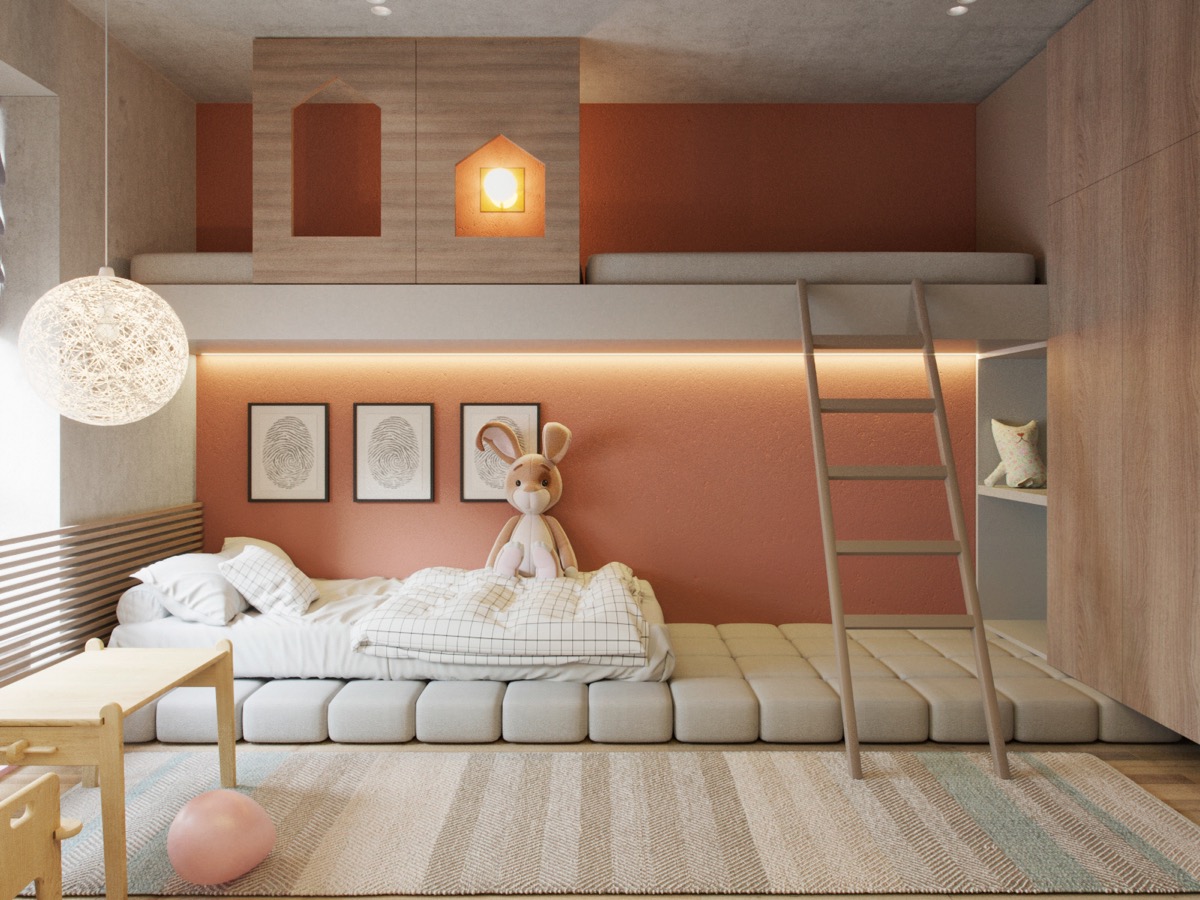Introduction
When it comes to interior design, lighting plays a critical role in creating an atmosphere that is both functional and aesthetically pleasing. Pendant lights have long been a popular choice for adding a decorative element to a space while providing ample illumination. However, in recent years, recessed lighting has emerged as a sleek, modern alternative to pendant lights for many homeowners. In this article, we will explore the benefits of making the switch from pendant lights to recessed lights and offer tips for successfully incorporating recessed lighting into your home.
Benefits of Recessed Lighting
1. Space Saving: One of the biggest advantages of recessed lighting is that it takes up less visual space in a room. While pendant lights can be bulky and take up a significant portion of the ceiling area, recessed lights are installed directly into the ceiling, creating a clean, streamlined look.
2. Versatility: Another advantage of recessed lighting is its versatility. Unlike pendant lights, which are typically fixed in place, recessed lights can be adjusted to different angles to highlight specific areas of a room. Additionally, recessed lights can be used in a variety of settings, from task lighting in a kitchen to accent lighting in a living room.
3. Energy Efficiency: Recessed lights are also more energy-efficient than pendant lights. By using LED bulbs, which consume less energy and last longer than traditional bulbs, homeowners can save money on their electricity bill and reduce their environmental impact.
How to Make the Switch
1. Plan ahead: Before making the switch from pendant lights to recessed lights, it is important to plan ahead. Consider the size and shape of the room, as well as the function of the lighting. Will the lights be used for task lighting, ambient lighting, or accent lighting?
2. Choose the right fixtures: Once you have determined the type of lighting you need, it is time to choose the right fixtures. Recessed lights come in a variety of shapes and sizes, so it is important to choose fixtures that will blend seamlessly with your existing decor.
3. Hire a professional: Finally, it is important to hire a professional to install the recessed lighting. This will ensure that the lights are installed safely and correctly, and that they are wired in a way that is both functional and aesthetically pleasing.
Tips for Incorporating Recessed Lighting into Your Home
1. Use dimmer switches: To create a versatile lighting system, consider using dimmer switches with your recessed lights. This will allow you to adjust the lighting in a room to suit your needs, from bright task lighting to soft ambient lighting.
2. Create a focal point: To make your recessed lighting truly stand out, consider creating a focal point in the room. This could be a piece of artwork, a statement piece of furniture, or a unique architectural feature.
3. Balance lighting levels: Finally, be sure to balance the lighting levels throughout the room. Use a combination of recessed lights, table lamps, and floor lamps to create a layered lighting effect that is both functional and attractive.

